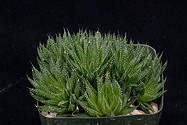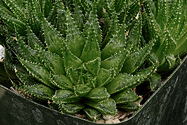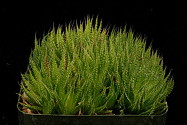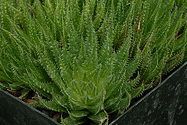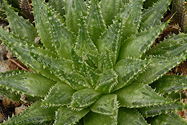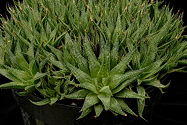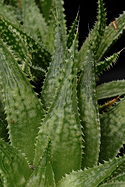An aspect of plants that continues to confound hobbyists and botanists alike is understanding the range of variation of species. The best way to get one’s head around this is to observe natural variations throughout the range of a species in the field, but such thoroughness takes time and sometimes involves input of explorers spanning generations. For those of us who don’t have the luxury of traversing vast swaths of habitat, we must rely on the observations and collections of those who go before us. Even then, explorers necessarily sample selectively from populations so that we often end up cultivating a single clone. Therefore, putting one’s faith in the idea that we have the “true” species, is potted in shaky ground, at best. Here we offer a trio of collections of what are now considered to be the same taxonomic entity. The subtle differences can be fascinating and give a hint of natural variation. First we have a dwarf form (HBG 65389) long cultivated and illustrated by J. R. Brown (0152) as representative of the species. This forms clumps of 2.5 cm heads of a vivid green with two or three paler lines on the upper surface and lines of white teeth best developed on the margins and keel. Next we have a more recent collection (HBG 69265), a plant brought to us in 1990 by Jim Berdach (11325, a division of J. D. Venter 86-67 from Karsrivier in the W. Cape of S. Africa). This has slightly larger rosettes of slightly paler green. The leaves are more elongated and attenuate as are the teeth that line them and the paler lines on the upper surface merge to create a mostly paler field broken by some spots, paler or darker, and blunted teeth. Finally, we have a form (HBG 73793) that came to us from Bob Kent (0955) as “diversicolor”. This has more open rosettes nearly twice the diameter of the others. Its leaves are darker blue-green making the paler lines, spots and basal area on the upper surface stand out more prominently. The marginal teeth are also more prominent and triangular. In addition, the flowers of this clone are slightly showier than most, white with a yellow throat that darkens with age. Being unable to determine which form was most deserving of wider distribution, I decided that all three were worthy. We’re offering single clones as available for $7.00 each.
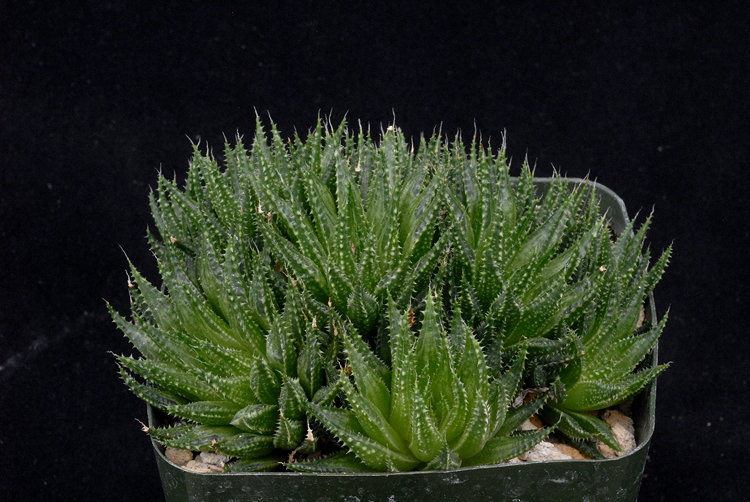
Published in the Cactus and Succulent Journal, Vol. 89 (3), May-June, 2017
